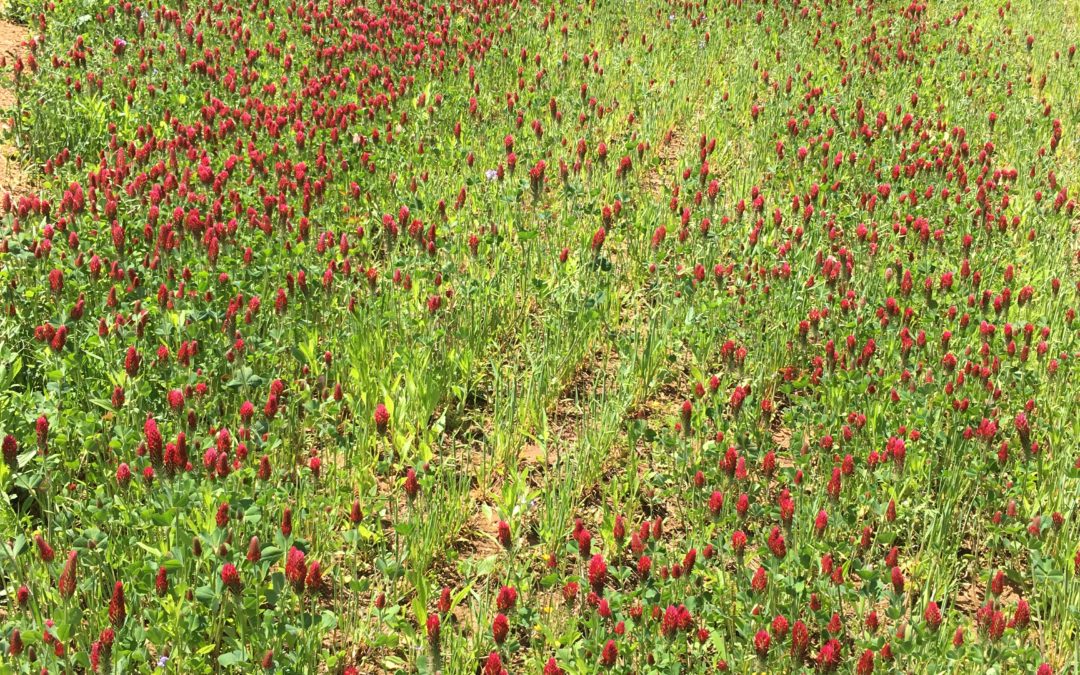This is the last in a series of five blogs that explore the 10,000 year history of human relationship to the land in the Piedmont region of North Carolina. Other blogs in this series include The Long Story of Catawba Run, Indigenous Cultures of the Piedmont, European Colonization, Industrialization Comes to the Piedmont.
A New Story Unfolding at Catawba Run
The story told by the land at Catawba Run reaches back to the time when the first people visited the Piedmont forests to forage wild foods and continues to this day. It is a story of how the landscape shaped the lives of the people – those who were just passing through and those who decided to put down roots here.
It is also a story of how the people shaped the land— foraging for plant and animal foods, cultivating favored wild plants, using fire to maintain grasslands and open forests, clearing bottomlands for farm fields and homes, building railroads, highways, dams, power grids and water systems, and draining wetlands.
The clover fields and canebreaks, the old homestead and plowed fields, the short leaf and loblolly pine plantings, the bowl and remnant old growth forests at Catawba Run weave together the long story of the changing relationships between people and the land in the Piedmont of North Carolina.
Central to the story is wave upon wave of immigrant peoples, each bringing with them a unique perspective on the right relationship between people and the land that shaped their dream of a good life. Each arriving culture shaped the landscape that is Catawba Run today and each has something important to teach us about how we can live well on this land.
Indigenous cultures have much to teach us about how to cultivate healthy community in forest ecosystems as well what it takes to be resilient in the face of war, kidnap and sale into slavery, theft of land and property, pandemic disease, population crash, and centuries of exploitation and oppression. Colonial cultures teach us much about how to adapt old ways of living to thrive in a new home. Industrial cultures teach us a cautionary tale about the transformative power of modern technology.
The work we are doing at Catawba Run signals yet another shift in economic and settlement patterns in the Piedmont. We are restoring this land in service to a new land ethic, a transformative land ethic rooted in the understanding that personal, family and community well-being rests on a foundation of planetary well-being. Whether it is through soil remediation, row-cropping, sustainable forestry, or the recognition and acknowledgement of the cultural legacy written in the landscape of today, Foragable Community strives to steward Catawba Run with wisdom of all the people who came before us.
As we walk across a crimson carpet of clover rooted in dark, soft, living soil, stroll through rows of loblolly pine, green and brown against a clear blue sky, gaze across the young short leaf pines thriving amidst the burned remnants of an ailing forest, or imagine with great anticipation the bounty of flavors and colors soon to come from our newly planted forest gardens of paw paw, chestnuts, hazelnuts and persimmons, we are healing the land as the first step on the path to cultivating a regenerative culture for the 21st century.
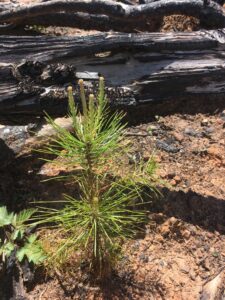
Short leaf pine seedling, paw paw tree with immature fruits, ripening hazelnuts (Sandrine Neel CC-BY-ND-2.0), American persimmons (Rick Derevan CC-BY-ND-2.0)
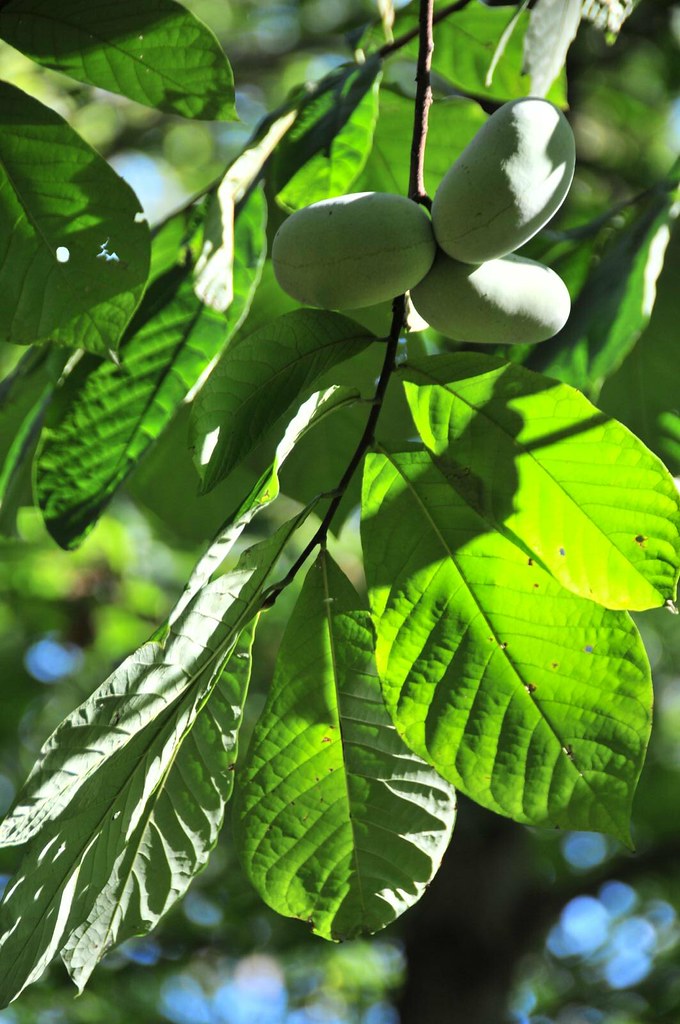
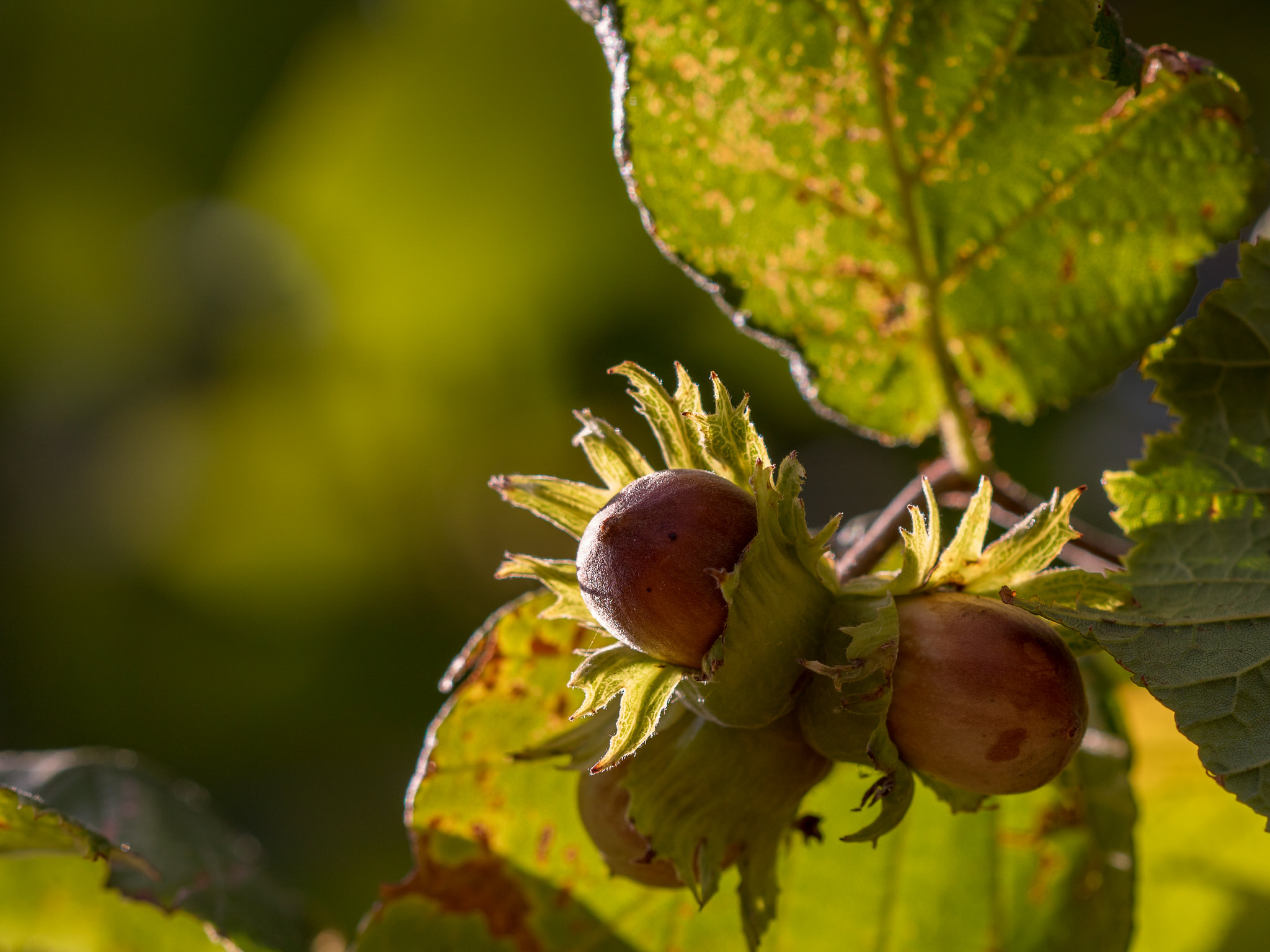
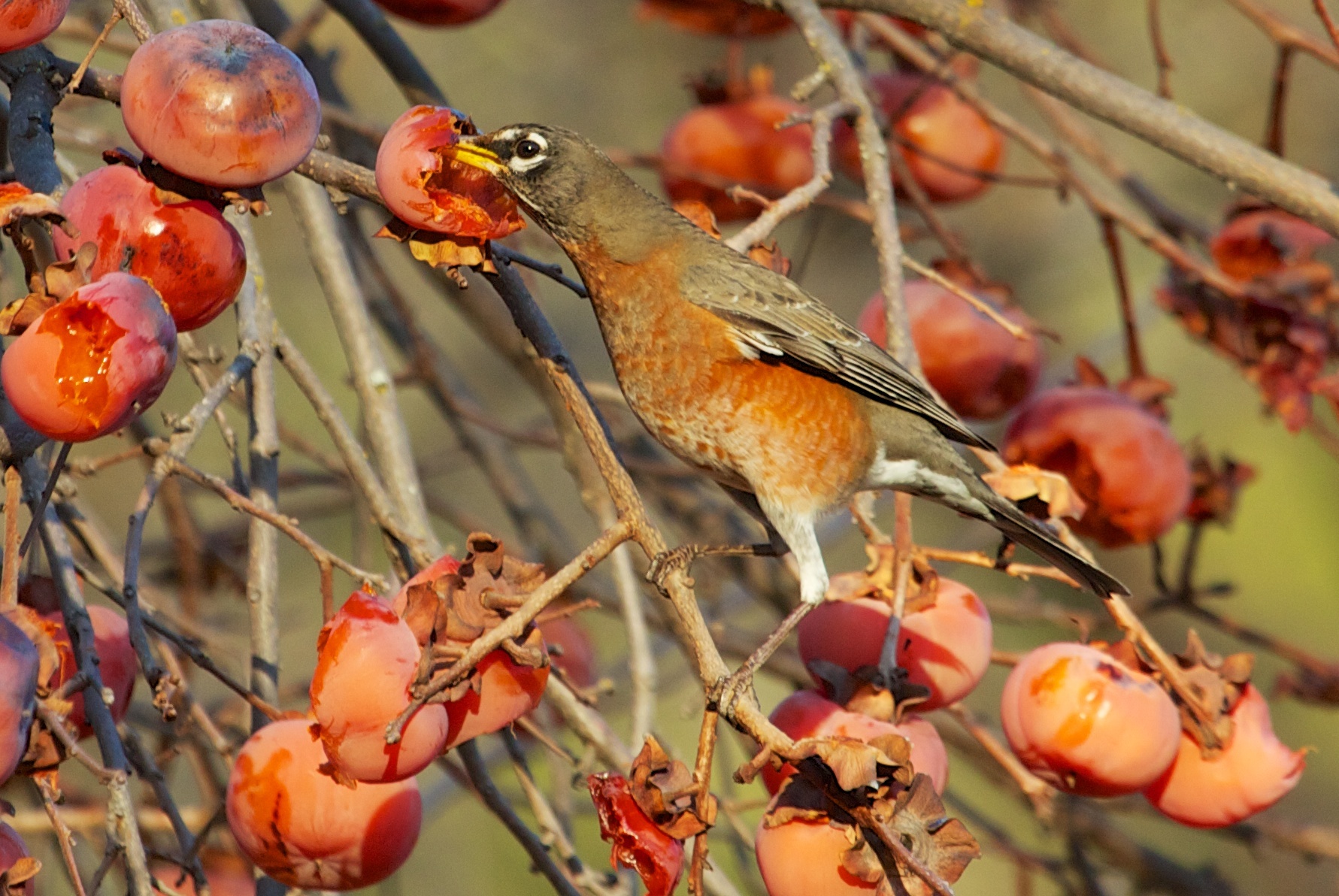
Catawba Run is 275 acres of old growth, unmanaged regrowth, and sustainable pine plantation located in the Piedmont region of North Carolina, near Nebo, just west of Morganton. This land is the setting for Foragable Community’s next demonstration of our shared values: to use ecological management practices and resilience principles to restore the health and wellbeing of degraded landscape, and concurrently have a positive impact on the lives of people who participate in this vision of redemption and renewal.
The Catawba Indian Nation are the descendants of the original inhabitants of land that we call Catawba Run. The Catawba, or “the people of the river” pronounced yeh is-WAH h’reh in their native tongue, were farmers, renowned potters, and stewards of the land in most of the Piedmont of South Carolina, North Carolina, and Southern Virginia. Foragable Community acknowledges that Catawba Run is on this ancestral land.

